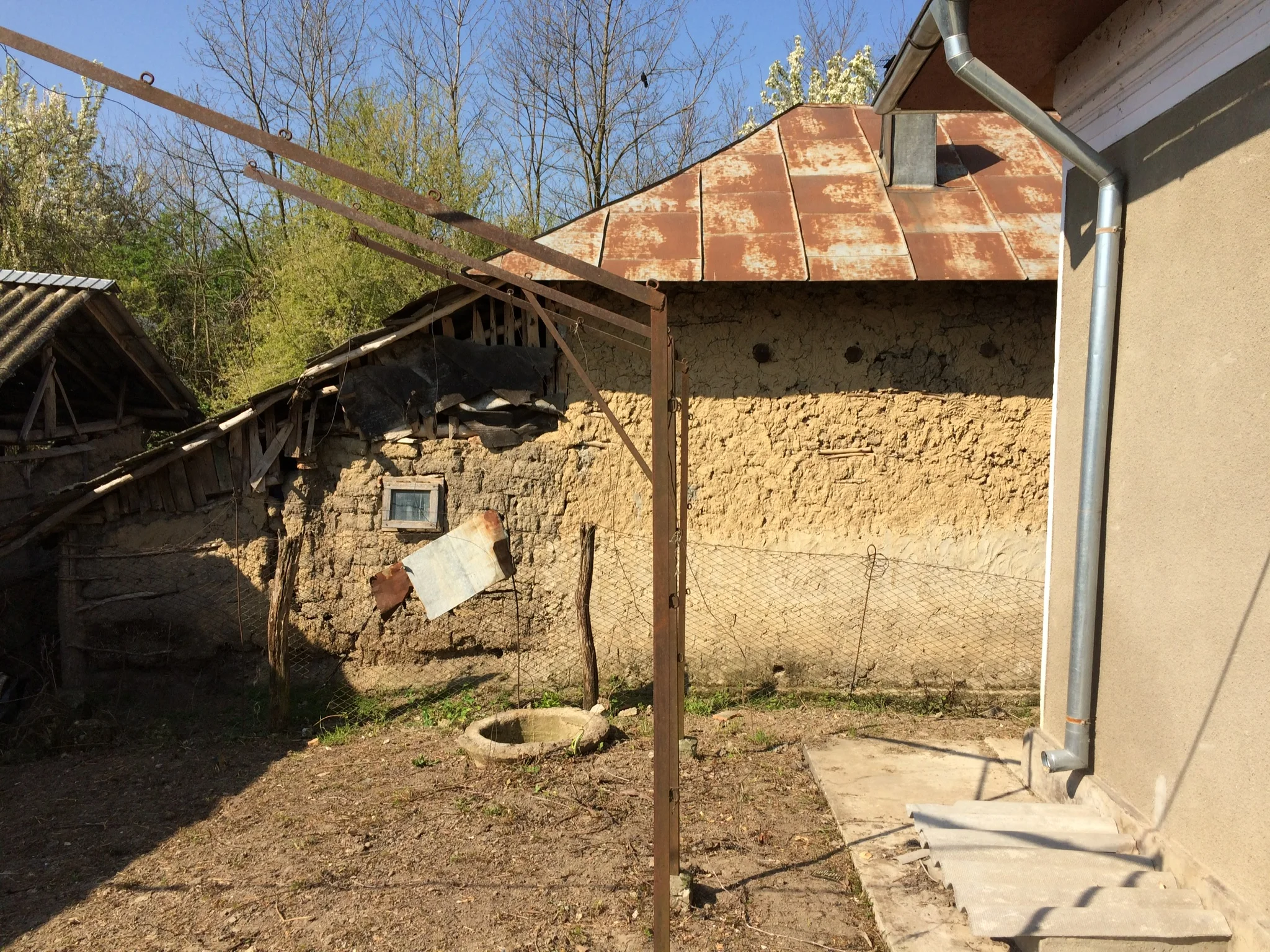Dear one,
For the next several days, I do not know what opportunities I’ll have to communicate with you, but I do have a thought or two I’d like to share with you. For the moment, however, know that I’m seated in the lobby of the Manger Square Hotel in Bethlehem, a great variety of peoples near me—particularly Muslims and Christians.
When last I wrote, I noted that both in Giurgiu and Sinaia the focus of our teaching moments had been Jesus’ arrest, trial, and crucifixion. As I shared with you, these texts encouraged us to view our lives vis-à-vis Jesus’ suffering; but only subsequently did I fully recall that many with whom I related had known much of suffering during the Ceausescu years. Apart from the deprivations all Romanians had known—the hours in queues to purchase scarce staples from barren groceries—pastors and their families also suffered great social, psychological, economic, and physical abuses and tortures. Some disappeared altogether … at night … gone.
With these reminders, I then recalled that I would soon visit a land, whose peoples had experienced millennia of persecution and suffering. Without question, the story of the ancient Hebrews, and their descendants, has been one of oppression, persecution, and near-annihilation; but in many regards that has been the story of their neighbors. Given this latter statement, I seek only to make a simple observation: the region delineated by European powers as “the Middle East,” a land mid-way to the East, is land characterized by turmoil, with its various peoples consistently subject to despotic leaders, who furthered their suffering by entanglements with powers beyond their ken.
On the one hand, I share these thoughts with you, in order to underscore this truth: as recorded by John and Mark, Jesus endured the suffering of sin, in order to eliminate the world’s suffering and sin. That is, the Middle East sufferings are a microcosm very like those of Romania, Uganda, and Malawi—and these reflect the sufferings of human history in the macrocosm. By His death, Jesus sounded the death knell to sin in the micro- and the macrocosm.
On the other hand, as I anticipated days in Israel, and now that I’m here, I realized that I’m as interested in the people as I am in the places of Jesus’ birth, life, death, and resurrection. How does He view this Palestinian-Israeli world, and does He view it any differently than He did two millennia ago?
More pondering,
Stan
